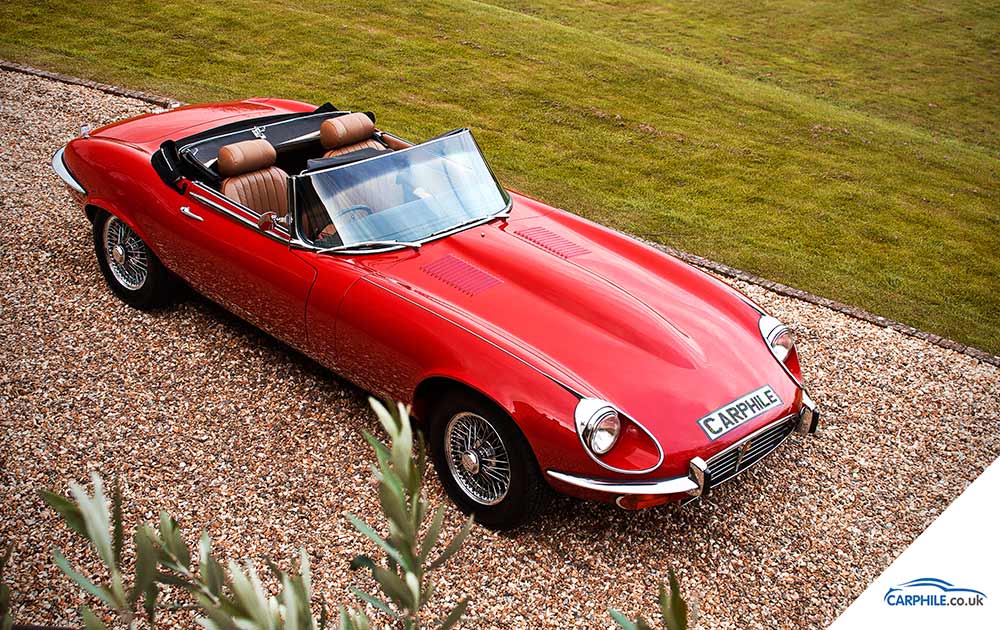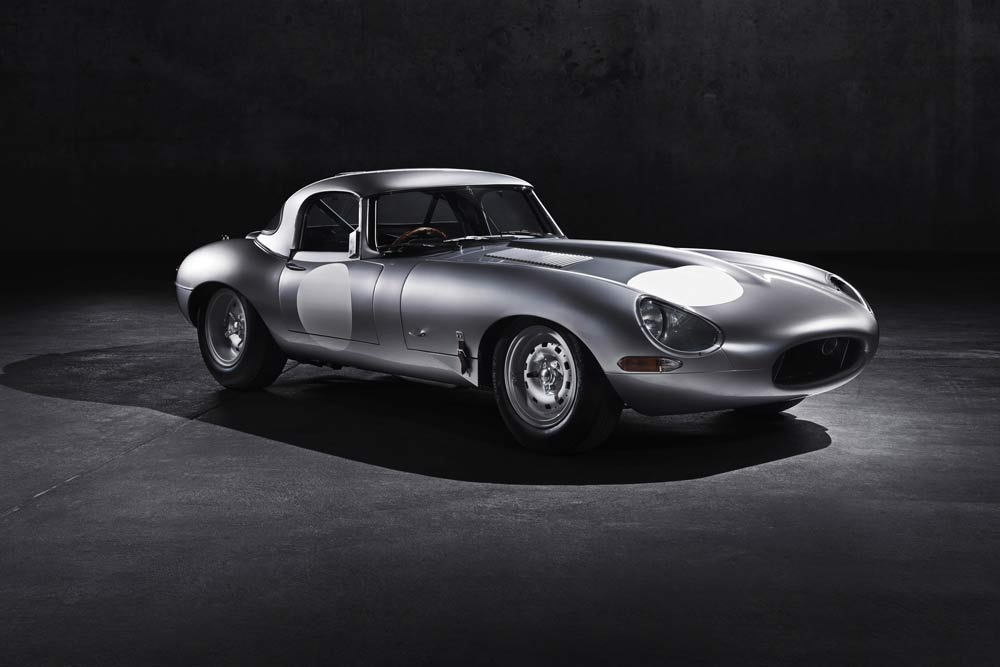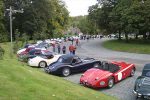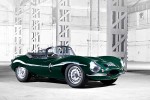1960s · Cars · Great Britain · Jaguar
Jaguar E-Type History
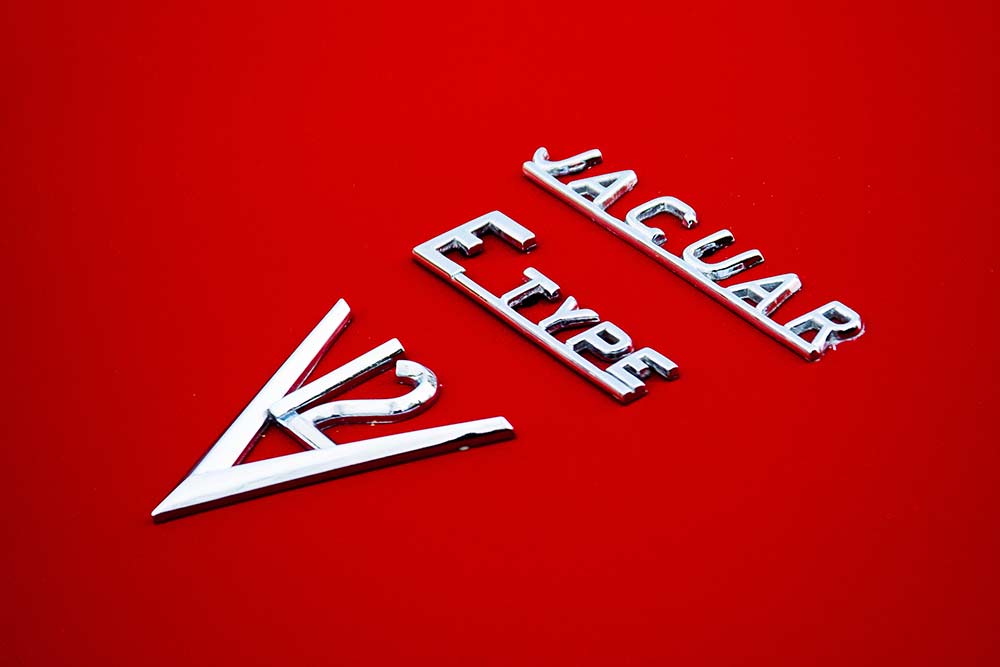
Looking back, it’s little wonder when Jaguar launched the E-Type in 1961 it was an instant hit. A car developed and designed by the very racing department whose cars had dominated sports car racing for most of the 1950s. A top speed of 150mph and a shape that moved Enzo Ferrari to declare it “the most beautiful car in the world“. The stuff of legends and in the E-type’s case completely justified.
The Jaguar E-Type – a star is born
The iconic shape was designed by Malcolm Sayer, designer of the Le Mans winning C and D-Type racing cars. Jaguar’s racing department had developed the E1A and E2A prototypes that were intended to take over from the D-Type on the world’s tracks. E2A even competed at the 1960 Le-Mans 24 hour race (but retired). However, the times they were changing. Sir William Lyons wasn’t one to race to compete and as the costs of running a competitive sports car racing programme spiralled, the E-Type’s future shifted from the track to road.
The headline-grabbing 150mph top speed, super car performance in 1961, placed the Jaguar E-Type amongst the world’s fastest production cars. Interestingly, the car Jaguar presented to Autocar for the test where the 150mph top speed was recorded, famously had a few ‘modifications’, with production Series 1 E-Type’s top speed closer to 140mph. While the top speed may have been (slightly) fanciful, what wasn’t was the price. At £2196 it was half the price of an Aston Martin or Ferrari with similar performance.
Bodywork styles
At launch the car was available as either a 2 seat roadster or coupe. This was joined in 1966 by a 2+2 coupe with an extra 9 inches in the wheelbase. Bodywork was semi-moncoque construction (as learned from the D-Type racing car) with steel panels with rear coil springs and front torsion bar suspension. The cars road-holding and body rigidity set new standards for a road car. Very early E-types had a flat footwell, known now as flat-floor E-types, this was quickly changed to improve legroom, making these rare flat-floor cars particularly valuable today.
News: CMC to restore early flat-floor E-Type no. 34
At launch the E-Type was available with a 3.8 litre XK engine, the capacity was increased in 1964 to 4.2 litres, which produced the same power – 265bhp but increased the torque from 240 to 283 Ib ft. From 1971 (with the launch of the series 3 E-Type) Jaguar fitted their new 5.3 litre V12 (producing 272bhp), this finally made the E-Type in a geniune 150mph production car.
Video: Watch a clip of the Jaguar E-Type series 3, 5.3 litre V12 engine firing up
Motorsport
Jaguar explored the idea of taking the E-Type racing as early as 1962 with the Low Drag Coupe, with redesigned lightweight aluminium body panels designed to reduce both lift and drag. This led to Jaguar building 12 customer ‘lightweight‘ E-types, again with aluminium body panels. But even though Graham Hill drove one of the road cars to victory barely two months after launch in May 1961 at Oulton Park, there wasn’t the will to take on the might of Ferrari in sports car racing, during a time when the famous Italian was particularly dominant, when the E-Type was so popular anyway.
Production
Between 1961 and 1975, Jaguar would go on to produce over 70,000 Series 1, Series 1.5, Series 2 and Series 3 E-Types, which was replaced by the XJS (1975 – 1996).
Please click the images below to find out more about each series of E-Type in more detail.



